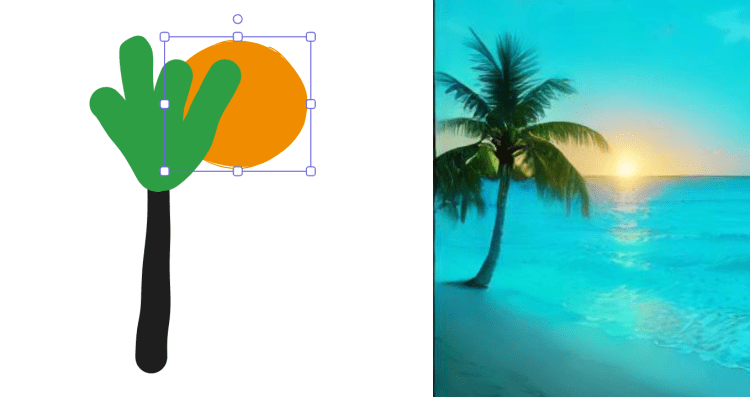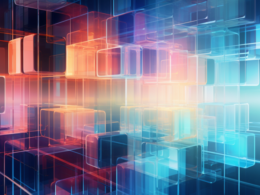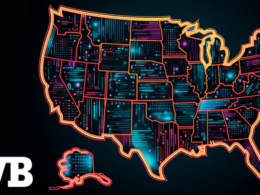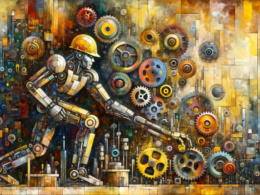Generative AI art has rapidly gained popularity as a fascinating application of new technology. Models like Stable Diffusion and Midjourney have amassed millions of users, while OpenAI has integrated its DALL-E 3 image generation model into its ChatGPT service. However, the drawback of waiting for AI algorithms to generate images in a fast-paced world is not ideal. This is where LCM-LoRA comes in.
Realtime Creation of AI Art
LCM-LoRA, short for “Latent Consistency Model- Low-Rank Adaptation,” is a groundbreaking machine learning technique developed by researchers at the Institute for Interdisciplinary Information Sciences (IIIS) at Tsinghua University and the AI code sharing platform HuggingFace. This technique allows for the creation of generative AI art in real-time.
With LCM-LoRA, users can now effortlessly move their cursors, paint simple drawings, or even use descriptive text to create art. Applications like Krea.AI and Fal.AI automatically generate different art instantaneously, swapping out imagery in fractions of a second as users interact with their digital canvas.
This groundbreaking technology is not limited to 2D images. It also extends to 3D assets, enabling artists to quickly create immersive environments for use in mixed reality experiences, video games, and even films.
“Everything is going to change.” – Startup Founder and Former Google AI Engineer
The AI arts community is abuzz with excitement about LCM-LoRA, with many stating that it marks the beginning of a new era for generative AI. University of Pennsylvania Wharton School of Business professor, Ethan Mollick, predicts that we will soon witness a plethora of new user experiences thanks to this technique.
The Technological Advancement of LCM-LoRA
At the heart of LCM-LoRA is a universal training-free acceleration module. It can be directly integrated into various models, including the popular Stable Diffusion model and its fine-tuned variants. This module significantly speeds up the process of transforming text or source imagery into high-quality AI-generated artwork.
LCM-LoRA achieves this acceleration by reducing the number of required sampling steps, streamlining the AI model’s transformation process. By utilizing fewer computational resources, it enables Stable Diffusion models to operate faster and produce impressive results in real-time.
The universal nature of LCM-LoRA allows for its integration into a variety of applications relying on Stable Diffusion or similar models for image generation. Its potential extension to proprietary models like OpenAI’s DALL-E 3 or Midjourney remains to be explored.
We have reached out to the authors of the LCM-LoRA paper for further information and will update this article accordingly.










